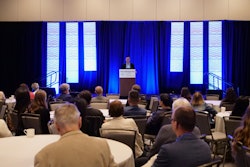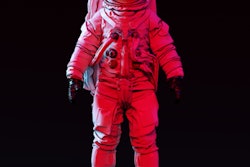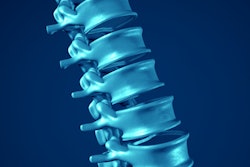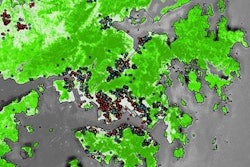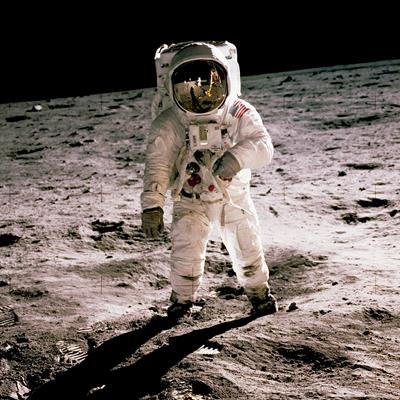
A bone density measurement tool based on ultrasonic backscatter could offer a low-cost, easy-to-use method for measuring the bone density loss of astronauts on space missions, according to research published May 26 in Ultrasound in Medicine & Biology.
A group of researchers led by Dr. Dongsheng Bi from Fudan University in China found that using ultrasonic backscatter was effective in measuring the simulated effects of spaceflight and physical inactivity, in particular changes of body mass index and compartmental bone densities.
Space travel may lead to scientific discovery, but prolonged exposure to microgravity conditions also has negative effects on bone health. Astronauts' rate of bone loss during space travel reaches 1% to 2% per month, about 10 times higher than that of postmenopausal women. This results in rapid bone deterioration and high fracture risks.
After spaceflights or prolonged bed rest, the recovery of bone mass takes at least three or four times longer than the duration of bone loss, or in some cases, may never occur at all. There is a need for bone density measurements instruments that can be taken into space, but x-ray-based devices are large and deliver ionizing radiation -- not ideal when astronauts are already exposed to cosmic radiation.
Quantitative ultrasound offers an alternative method, and ultrasonic backscatter is one promising type of technology. However, the ultrasonic backscatter method has not been used to monitor bone loss.
Therefore, the research team wanted to investigate the feasibility of quantitative ultrasonic backscatter in evaluating human cortical and trabecular bone densities in individuals in a simulated microgravity environment at the China Astronaut Research and Training Center.
Thirty-six participants were tested through 90 days of bed rest in the head-down tilt bed rest method, where participants lie in a supine position for various periods of time to simulate microgravity. Ultrasonic backscatter and bone density measurements were performed during and after the bed rest through a portable device developed at Fudan University. Participants were then given 180 days of recovery.
The team chose the calcaneus bone (heel) because it experiences more bone loss during bed rest than without bed rest, and it is an easily accessible bone site for ultrasonic backscatter measurements.
The group found "significant" correlations between backscatter parameters and site-matched bone densities (p < 0.001). After 90 days of bed rest, body-mass index, cortical bone mineral density, and apparent integrated backscatter from two signals of interest saw significant decreases. Significant trabecular bone mineral density loss also occurred in the recovery period.
The limitations of this study include the small number and single gender of the recruited participants. The researchers wrote that although the study was designed with "the largest number of participants so far in the world," all were men ages 23 to 45.
"Bone densities evaluated by back-scatter parameters in different groups are worthy of exploration in future work," they said.





